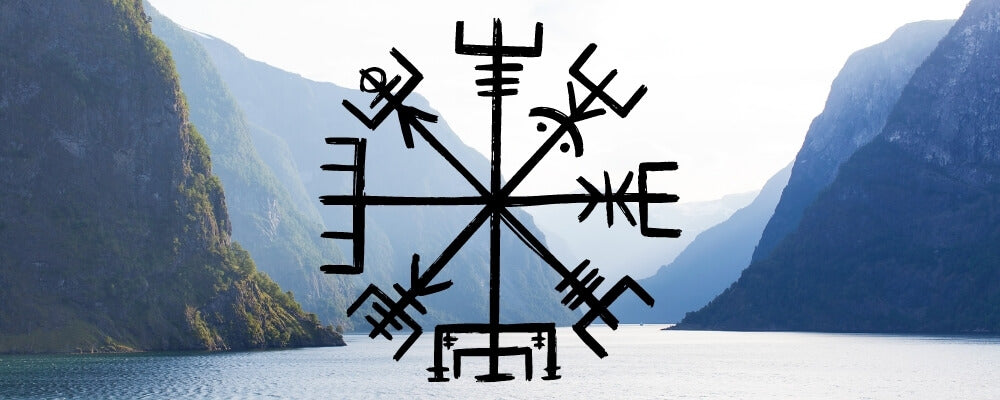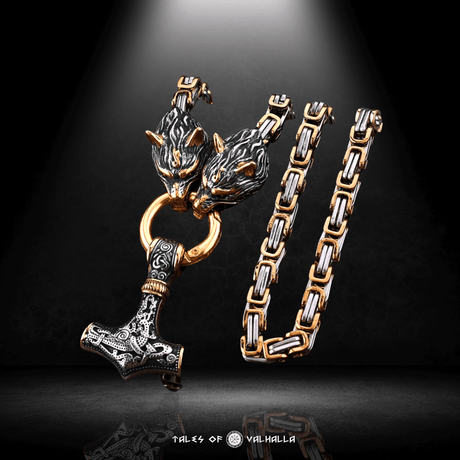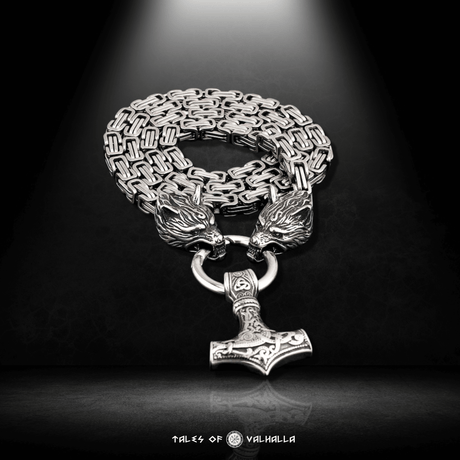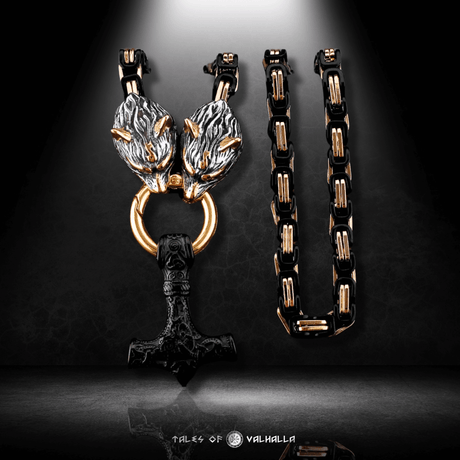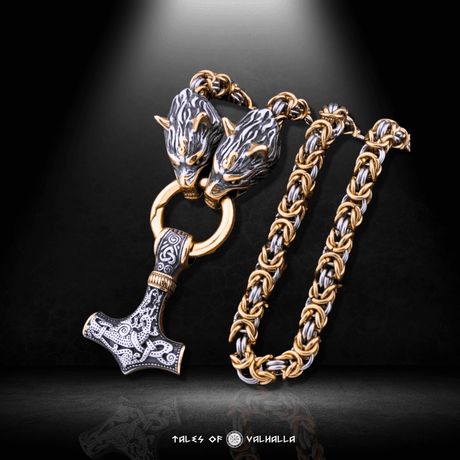The Vegvisir, often referred to as the Viking Compass, holds a revered place not only in the history of the Vikings but also in modern interpretations of Norse culture. This symbol, intricate and laden with mystery, serves as a testament to the ingenuity and the spiritual depth of the Vikings. In this article, we will delve into the origins, meanings, and the lasting legacy of the Vegvisir, exploring its role as a runic compass in the lore and lives of the Vikings.
What is the Vegvisir?
The Vegvisir, which in Icelandic means ‘wayfinder’ or ‘sign post’, is a symbolic representation believed to have been used by the Vikings to navigate during their voyages across the cold, often foggy, North Atlantic seas. It consists of a circle that is intersected by various runic staves pointing in multiple directions. Each stave is carefully crafted, not merely for directional guidance but also to invoke protection and spiritual guidance.
Although there is no direct historical evidence to confirm that the Vegvisir was used exactly as a compass, the symbol has been found in several medieval Icelandic manuscripts, suggesting its use as a magical stave intended to guide the bearer through rough and challenging weather.
Understanding the Viking Compass Meaning
The Vegvisir is more than just a navigational tool; it is deeply imbued with symbolism and meaning. Each arm of the Vegvisir points towards a different direction, symbolizing the ability to find one's way in various conditions. The common belief is that by possessing the Vegvisir, one will never lose their way in storms or bad weather, even if the way is not known. This attribute makes it a powerful symbol of guidance, protection, and perseverance.
The Symbolism of Runic Compass

The Symbolism of Runic Compass
The runic aspect of the Vegvisir is particularly significant, as runes were not only a form of writing but were also endowed with magical properties in Norse culture. The symbols around the Vegvisir are runic characters, each adding a layer of spiritual protection and direction to the artifact’s inherent powers. These runes collectively enhance the metaphysical capabilities of the Vegvisir, making it a robust tool for Viking warriors and seafarers who often ventured into unknown and hazardous territories.
The Vegvisir in Historical Context
The first known reference to the Vegvisir is found in the Huld Manuscript, written in Iceland in the late 19th century. This manuscript contains a collection of several magical staves, including the Vegvisir. The documentation in the Huld Manuscript has sparked debates about the authenticity and the actual age of the Vegvisir as a Viking-age symbol. Despite these debates, the Vegvisir remains linked in popular culture to the Viking age, embodying the spirit of exploration and conquest that defines that era.
Modern Usage of the Viking Compass
Today, the Vegvisir is more than just a historical curiosity; it has found a place in contemporary culture, symbolizing guidance and protection. It is popular in jewelry design, tattoos, and various forms of artistic expressions. Many people wear or use images of the Vegvisir as a charm for luck and protection, echoing the ancient beliefs of the Vikings.
The Vegvisir and Norse Mythology
While the Vegvisir itself does not appear in the old Norse texts like the Poetic Edda or the Prose Edda, its concept is very much in line with Norse values and beliefs. The Norse gods, like Odin, were often invoked for protection and guidance, and the use of symbols and runes was common in Norse rituals designed to harness their divine powers. In this way, the Vegvisir can be seen as a continuation of these practices, providing a link between the Norse gods and the mortal realm.
Conclusion
The Vegvisir, or Viking Compass, continues to be a powerful symbol from the age of the Vikings. It captures the essence of an era that values navigation, exploration, and spiritual protection. Whether used by the Vikings themselves or as a modern interpretation of Norse magical staves, the Vegvisir remains a profound symbol of guidance and protection, holding a significant place in both history and myth. As we explore the mysteries and the known facts about this intriguing symbol, it serves as a reminder of the enduring legacy of the Vikings and their impact on history and culture.

